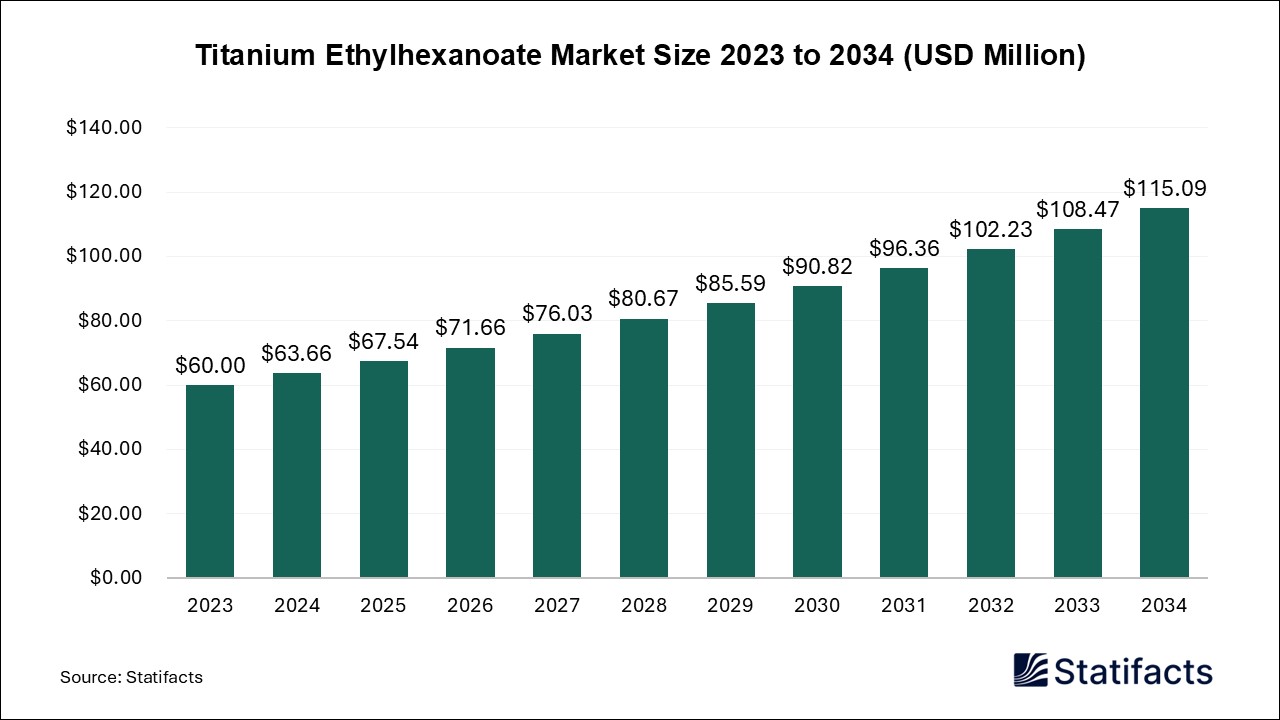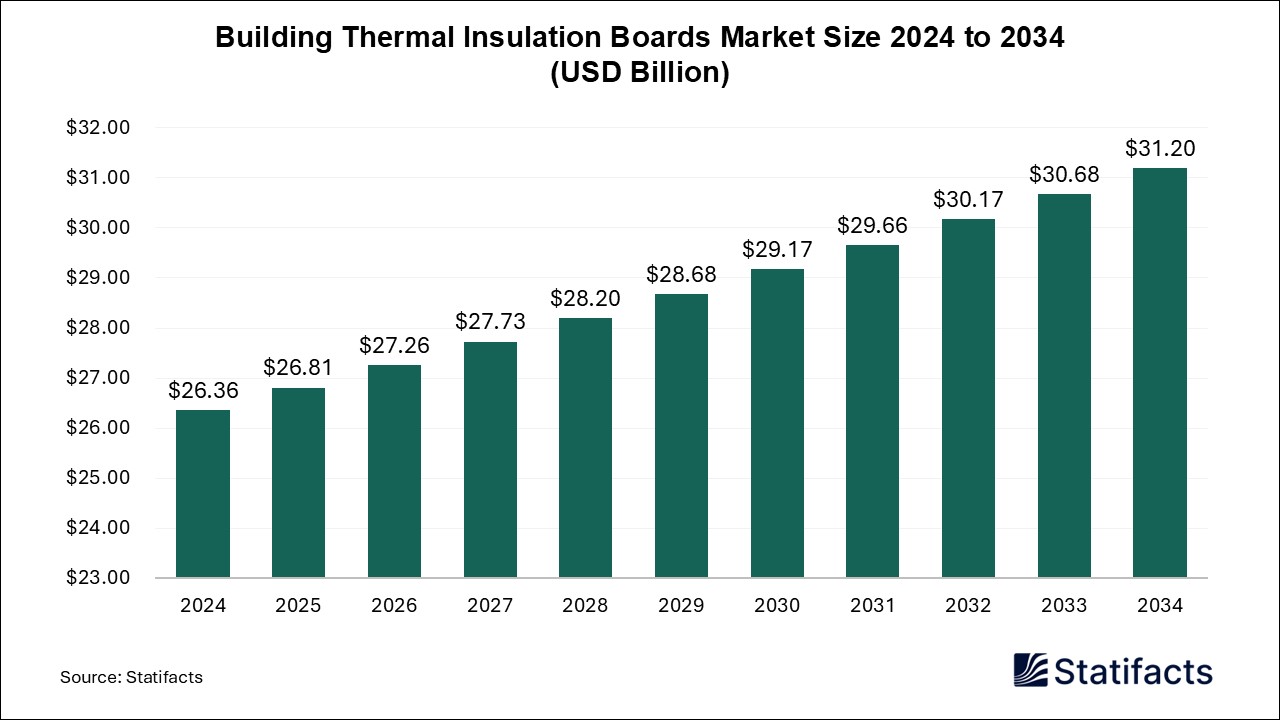
By clicking “Accept All Cookies” you agree to the storing of cookies on your device to enhance site navigation, analyze site usage, and assist in our marketing efforts.
Privacy PolicyThe global cell analysis market size accounted for USD 31,610 million in 2024 and is predicted to touch around USD 82,810 million by 2034, growing at a CAGR of 10.11% from 2025 to 2034.
| Industry Worth | Details |
| Market Size in 2025 | USD 34,810 Million |
| Market Size by 2034 | USD 82,810 Million |
| Market Growth Rate from 2025 to 2034 | CAGR of 10.11% |
The cell analysis market refers to the production, distribution, and application of cell analysis which is used to evaluate and measure cell number, cell state, cell health and viability, proliferation, and chemical and cell-mediated toxicity. Cell-based assays provide a wealth of information in basic research, drug discovery and development, and clinical applications. Single-cell analysis characterizes individual cells, allowing their clustering and characterization in an unsurprised manner. Single-cell genomics and transcriptomics dominate the field of single-cell analysis.
Single-cell analysis approaches allow scientists to define cell type-specific gene expression and multi-omic readouts, resolving the cellular heterogeneity that drives the expression patterns seen from bulk RNA-seq. Cell analysis allows investigations of basic cell biology, disease pathology, and drug discovery. Single-cell analysis delivers data-rich outcomes, which provide a detailed insight into the heterogeneity of gene expression across a population following bioinformatic analysis. Cell analysis helps us to have a better representation of cellular complexity in the tumor microenvironment.
Growing innovation in cell analysis technologies driving the growth of the cell analysis market. Real-time cell analysis technologies offer robust in vitro assays to screen and evaluate the potency or efficacy of immune cells in killing cancer cells, offering the potential to predict the in vivo behavior of cell therapies. In basic research, cells are routinely used in studying cell
biology, like protein functionality, gene function, pathways, drug toxicity, and disease mechanisms. Cell culture has many benefits like lower cost, easy accessibility, fast turnaround time, and comparably easy handling process. Recent biotechnological advancements like CRISPR technology, single-cell RNA technology, and exosome-based therapeutics have revolutionized stem cell research, offering new opportunities for accurate genome editing and therapeutic interventions.
The therapeutic benefit of these cells to regenerate functional tissue and replace damaged tissue has vast potential. In addition, stem cell-based therapies may improve the body’s ability to repair itself. Cellular technology allows mobile communication due to the use of a complex two-way radio system between the mobile unit and the wireless network. It uses radio frequencies over and over again throughout a market with minimal interference, to serve a large number of simultaneous conversations.
Increasing investment in research and development (R&D) driving the growth of the cell analysis market. The benefits of investing in research and development (R&D) include cost management benefits, increased market participation, innovation in marketing abilities, and trend matching are all reasons companies invest in R&D. R&D can lead to innovations in business. These may be in terms of new products and services, enhanced processes, and new ways to interact with customers. These advancements can result in greater profits and lower costs.
Investment in R&D benefits also includes tax benefits, a better option than saving accounts, market performance, growth potential, combining passion with financial growth, providing regular income, and growing wealth. Research and development represent the activities that companies undertake to innovate and introduce new products and services or to enhance their existing offerings. R&D allows a company to stay ahead of its competition by catering to new wants or needs in the market.
Published by Rohan Patil
| Subsegment | 2024 | 2025 | 2026 | 2027 | 2028 | 2029 | 2030 | 2031 | 2032 | 2033 | 2034 |
|---|---|---|---|---|---|---|---|---|---|---|---|
| Reagents & Consumables | - | - | - | - | - | - | - | - | - | - | - |
| Instruments | - | - | - | - | - | - | - | - | - | - | - |
| Accessories | - | - | - | - | - | - | - | - | - | - | - |
| Software | - | - | - | - | - | - | - | - | - | - | - |
| Service | - | - | - | - | - | - | - | - | - | - | - |
| Subsegment | 2024 | 2025 | 2026 | 2027 | 2028 | 2029 | 2030 | 2031 | 2032 | 2033 | 2034 |
|---|---|---|---|---|---|---|---|---|---|---|---|
| Flow Cytometry | - | - | - | - | - | - | - | - | - | - | - |
| PCR | - | - | - | - | - | - | - | - | - | - | - |
| Cell Microarrays | - | - | - | - | - | - | - | - | - | - | - |
| Microscopy | - | - | - | - | - | - | - | - | - | - | - |
| Spectrophotometry | - | - | - | - | - | - | - | - | - | - | - |
| High Content-Screening | - | - | - | - | - | - | - | - | - | - | - |
| Other Techniques | - | - | - | - | - | - | - | - | - | - | - |
| Subsegment | 2024 | 2025 | 2026 | 2027 | 2028 | 2029 | 2030 | 2031 | 2032 | 2033 | 2034 |
|---|---|---|---|---|---|---|---|---|---|---|---|
| Cell Identification | - | - | - | - | - | - | - | - | - | - | - |
| Cell Viability | - | - | - | - | - | - | - | - | - | - | - |
| Cell Signaling Pathways | - | - | - | - | - | - | - | - | - | - | - |
| Cell Proliferation | - | - | - | - | - | - | - | - | - | - | - |
| Cell Counting | - | - | - | - | - | - | - | - | - | - | - |
| Cell Interaction | - | - | - | - | - | - | - | - | - | - | - |
| Cell Structure Study | - | - | - | - | - | - | - | - | - | - | - |
| Single-cell Analysis | - | - | - | - | - | - | - | - | - | - | - |
| Others | - | - | - | - | - | - | - | - | - | - | - |
| Subsegment | 2024 | 2025 | 2026 | 2027 | 2028 | 2029 | 2030 | 2031 | 2032 | 2033 | 2034 |
|---|---|---|---|---|---|---|---|---|---|---|---|
| Pharmaceutical & Biotechnology Companies | - | - | - | - | - | - | - | - | - | - | - |
| Hospitals & Clinical Testing Laboratories | - | - | - | - | - | - | - | - | - | - | - |
| Academic & Research Institutes | - | - | - | - | - | - | - | - | - | - | - |
| Other | - | - | - | - | - | - | - | - | - | - | - |
To get full access to our Market Insights, you need a Professional Account or a Business Suite.

You will receive an email from our Business Development Manager. Please be sure to check your SPAM/JUNK folder too.

You will receive an email from our Business Development Manager. Please be sure to check your SPAM/JUNK folder too.

Our customers work more efficiently and benefit from



